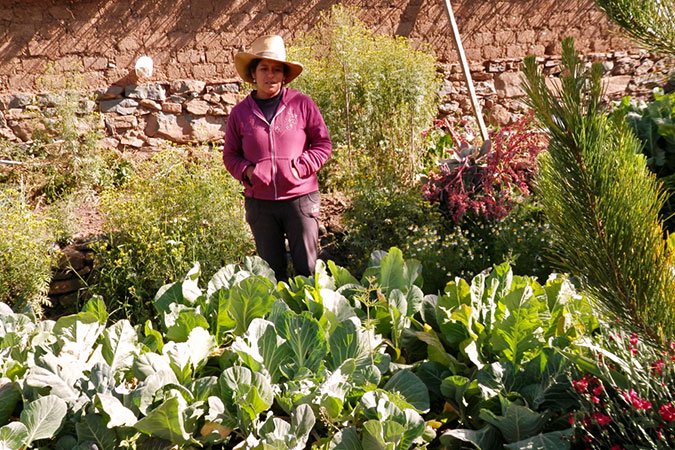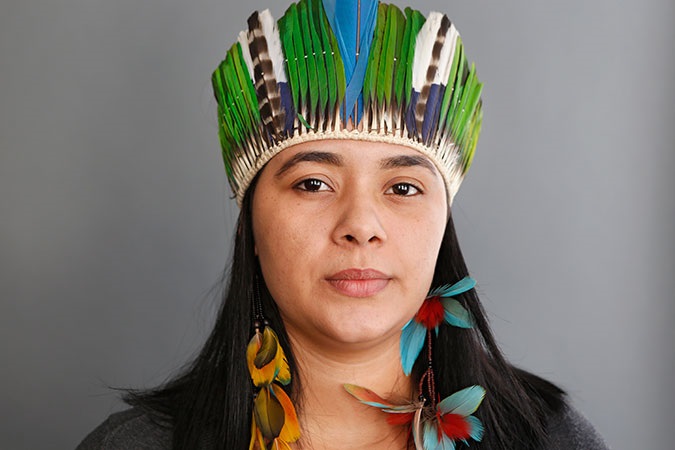International Day of the World’s Indigenous Peoples
Date:
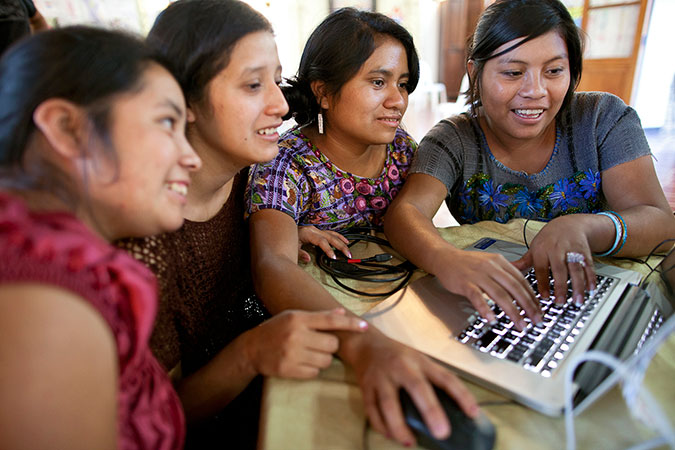
This year’s theme for the International Day of the World’s Indigenous Peoples on 9 August focuses on the right to education. Indigenous peoples’ right to education is protected by the UN Declaration on the Rights of Indigenous Peoples and other human rights instruments, including the Universal Declaration of Human Rights. The 2030 Agenda for Sustainable Development adopted by world leaders in September 2015 and the Sustainable Develop Goal 4 further underline this right, calling for eliminating gender disparities in education and ensuring equal access to all levels of education and vocational training, including for indigenous peoples.
Today, the right to education is far from being fully realized for the world’s indigenous peoples. Across all regions, disparities persist between indigenous and non-indigenous populations in terms of education access, retention and achievement. The gap is even wider for indigenous women and girls, condemning them into a cycle of poverty, fewer opportunities, poorer health and lack of decision-making power.
We stand with indigenous women who struggle for full recognition of rights https://t.co/2ORTdPiouU #WeAreIndigenous pic.twitter.com/QKnFpBkGkS
— UN Women (@UN_Women) August 7, 2016
UN Women works with indigenous women around the world, promoting their rights and amplifying their voices. Among the 370 million indigenous peoples around the world, an estimated 45 million live in Latin America and the Caribbean, accounting for 8.3 per cent of the region’s population [1]. An average of 85 per cent of indigenous children attend secondary education in the region, but only 40 per cent complete their education [2]. On this International Day of the World’s Indigenous Peoples, we spotlight our work with indigenous women in the region.
Stories
Indigenous women in Peru combat climate change and boost economy
To combat the impact of climate change, the indigenous women of Laramate in Peru have turned to ancestral farming techniques. Now the community has healthier crops, improved incomes and more women are participating in public spaces and decision-making.
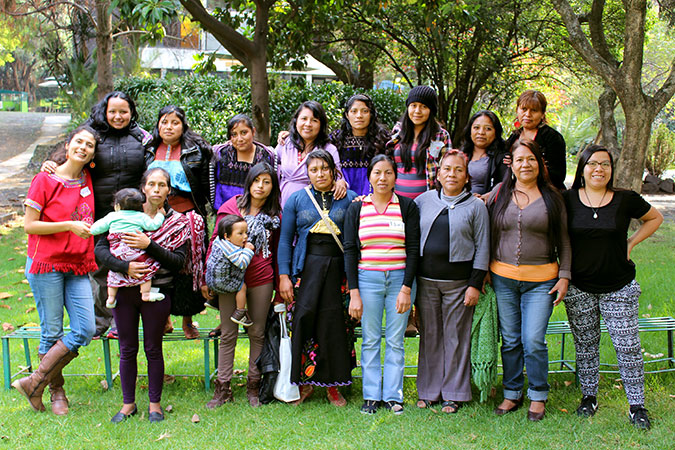
Women migrant workers in Mexico organize for their rights
Teófila Díaz Jiménez, 20, comes from an indigenous community in the province of Chiapas, Mexico. She couldn’t attend secondary school as it was too far from her community and only spoke the indigenous Tzotzil language. She left home at a very young age to look for ways to make a living.
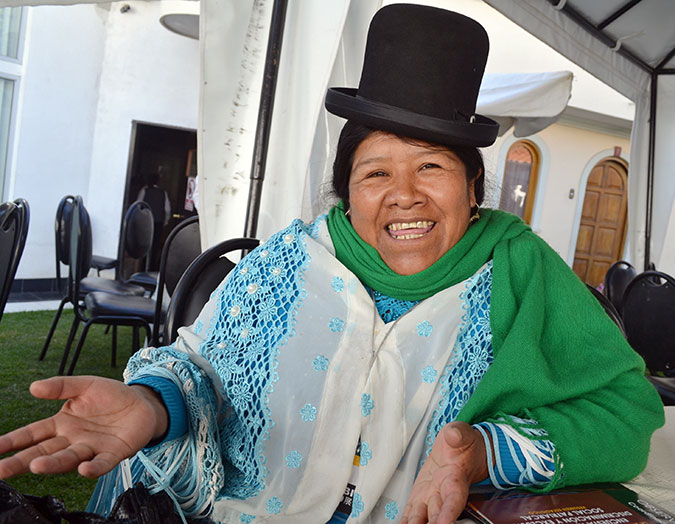
From child labourer to women’s rights defender
Lucrecia Huayhua Choque is an indigenous Aymara woman from Bolivia who left her community to become a child labourer. At her first job, she was forced to sleep under the stairs and work without any salary. She overcame years of exploitation, supported by a UN Women project and now works as a women’s rights defender.
From where I stand: Maria Judite da Silva Ballerio
Maria Judite da Silva Ballerio, 21, is an indigenous woman from the Guajajajara community, Maranhão, Brazil. She raises awareness among indigenous women about their health and their rights. With the outbreak of Zika, she is mobilizing local networks to inform indigenous women and their communities about Zika and how to prevent and minimize infections.
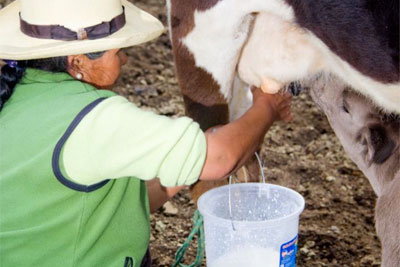
Rural Peruvian women spur local dairy industry
With support from UN Women’s Fund for Gender Equality, an association of rural indigenous women cheese and yogurt producers is growing, boosting incomes and economic independence. “I tell my husband: ‘don’t get used to me not asking you for money; you have to save money as well,’” says 65-year-old Quechua native, Cira Huancahuari, who is now the President of the local dairy business.
Notes
[1] ECLAC. (2014) Guaranteeing indigenous peoples’ rights in Latin America: progress in the past decade and remaining challenges. http://www.cepal.org/publicaciones/default.asp?idioma=I ; http://www.cepal.org/en/infografias/los-pueblos-indigenas-en-america-latina
[2] United Nations. State of the World’s Indigenous Peoples, Volume 3, (upcoming publication). https://www.un.org/en/events/indigenousday/Backgrounder%20Indigenous%20Day%202016.pdf
